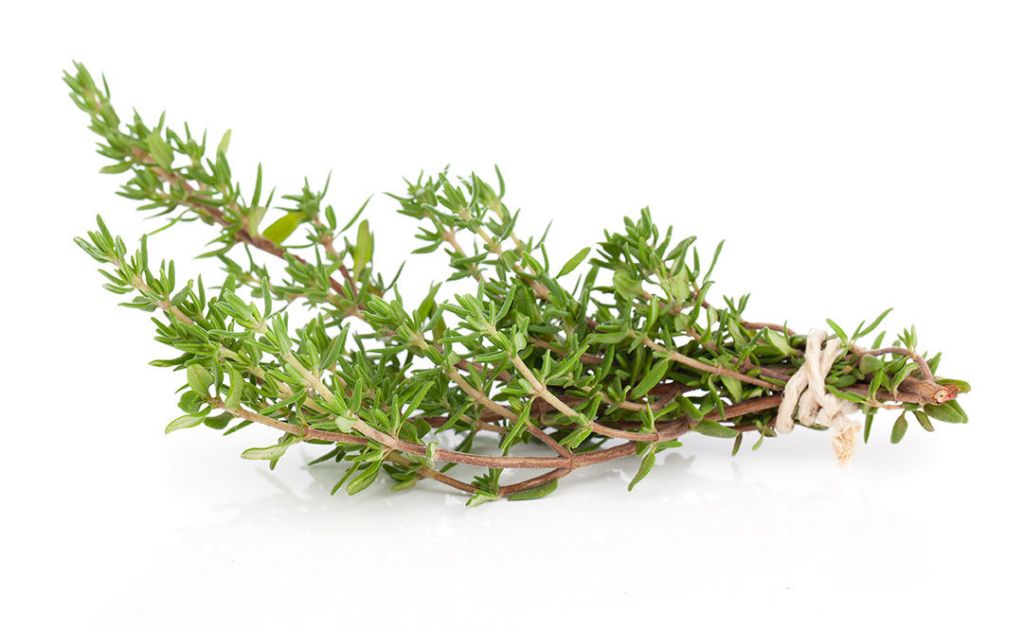ONE GARDENER TO ANOTHER: Do you have the thyme?
Published 6:45 am Monday, August 14, 2017

- Thyme makes for wonderful ground cover, and when tucked in between plants along a walkway, it will release its aroma when brushed.
The history of thyme — or the lack thereof — tells stories of fairies and knights, love potions and healing oils.
The Greeks saw it as an emblem of bravery and often ladies would present their chosen knight with a scarf embroidered with a spray of thyme. Folklore tales tell that the manger of Jesus was laid with thyme. Today, thyme is not as frequently used to attract fairies as it is to add aromatic flavors to foods, but the tiny blossoms are attractive to bees and butterflies.
Trending
Like most herbs, thyme does best in full sun and well-drained soil. It is drought-tolerant and propagates easily from cutting and divided root sections. The plant produces small purple flowers, and although you can pinch the flowers off to encourage the plant to produce more leaves, the flavor of thyme is not compromised by allowing the plant to bloom.
Thyme, although generally used for its culinary properties, also makes for wonderful ground cover, and when tucked in between plants along a walkway, it will release its aroma when brushed.
Thyme is a perennial in zones 5-9, however lemon thyme is only hardy in zones 7-9. Lemon thyme grows more upright and can be used in teas and in dishes that need a lemony pop, such a seafood, chicken and savory sweets. Thyme leaves can easily be dried or frozen.
Drying thyme
Rinse and pat dry between two kitchen towels. Bundle springs together securely at the cut end. Hang upside down in warm, dry place until leaves become brittle, about two weeks. Over parchment or wax paper untie the bundles and crumble off dried leaves. Pick through to remove any stems. Store in an air-tight container.
To freeze
Trending
Rinse and pat dry between two kitchen towels. Strip leaves off the stems and place about 2 teaspoons of the leaves in each compartment of an ice cube tray. Top off with water and freeze.
Once frozen, remove ice cubes and store in an air tight freezer bag. Ice cubes can be added directly to soups and sauces.
If using in dressings or other dishes that do not require the water, place cube in a glass of room temperature water until melted and strain through a sieve.
The following is a Mediterranean inspired grilled chicken that gets a beautifully browned skin and cooks evenly due butterflying the whole chicken before grilling. To punch up the citrus level of the dish, substitute all or part of the thyme with lemon thyme. Until next week, happy gardening and bon appétit!
Butterflied Grilled Chicken with Lemon, Thyme and Garlic
For marinade
1/2 cup canola oil
2 tablespoons finely chopped garlic
2 tablespoons finely chopped fresh thyme leaves
1 teaspoons lemon zest
Juice of 1/2 Lemon
1 tablespoon chopped onion
Pinch crushed red pepper flakes
For dressing
1/4 cup canola oil
Juice of 1/2 lemon
1 teaspoon finely chopped thyme leaves
1 teaspoon finely chopped garlic
1 teaspoon lemon zest
1 teaspoon finely chopped onion
1 (3-pound) whole chicken, butterflied
Salt and freshly ground black pepper
Directions
Whisk together the oil, garlic, thyme, lemon juice, lemon zest, onion and crushed red pepper flakes for marinade in a large baking dish. Add chicken and toss to coat. Cover and let marinate in the refrigerator for at least 2 hours, and up to 8 hours.
Preheat grill to medium. On a charcoal grill, heat briquettes to one side of the grill, leaving the other side free of charcoal for use for indirect heat.
Remove the chicken from the marinade and season both sides with salt and pepper. Place the chicken on the grill, skin side down directly over coals and slowly grill until the fat renders and the skin becomes golden brown and crisp, about 15 minutes.
Turn chicken over, and grill over coals for 5 minutes, until it gets a char flavor on the underside of the chicken and then move it to the indirect heat side of the grill. Close the cover and continue to grill until cooked through, about 20 minutes. Juices should run clear when pierced and to an internal temperature of 175-180 degrees.
Remove from grill, loosely tent with foil and let rest 10 minutes before cutting.
Whisk together dressing ingredients. Cut chicken into serving pieces and sprinkle dressing over cut chicken.
To butterfly chicken, remove the back bone from the chicken. With a sharp boning knife cut down either side of the back bone to remove. Crack the breast slightly so that it lays flat. This allows the chicken to cook more evenly and get a nice brown on it without drying out the chicken.
— Irland, a member of the Limestone County Master Gardeners, can be reached at kippirland@hotmail.com. For more information on the Limestone County Master Gardeners, visit http://mg.aces.edu/limestone.





